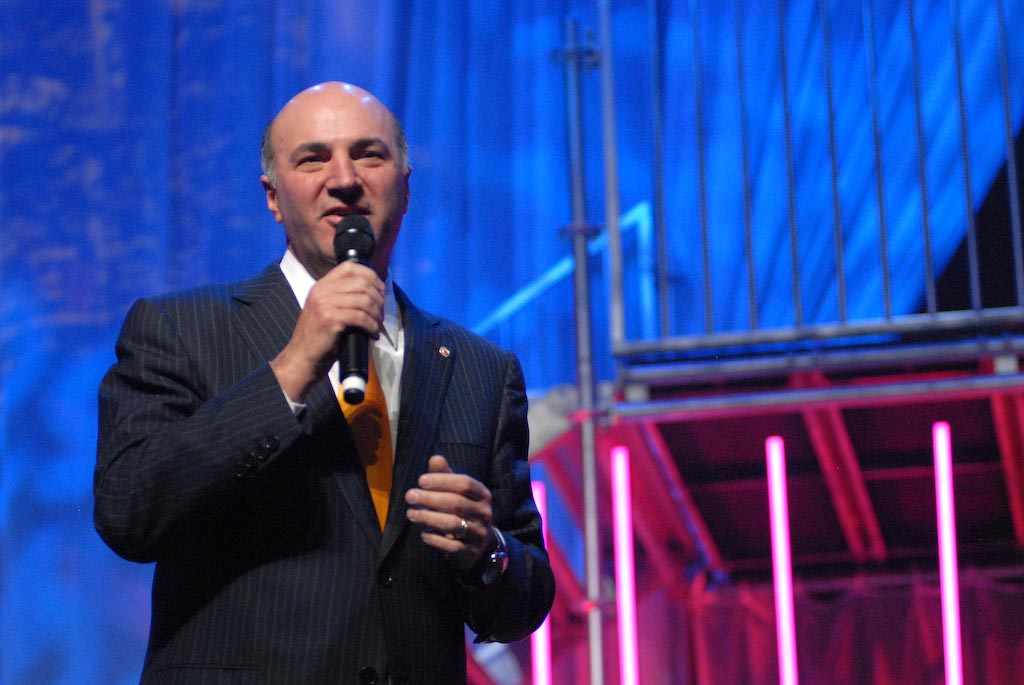As a late snowstorm moved through Ottawa Friday afternoon, Conservative party leadership candidates proved they’re just as stubborn as the winter weather clinging to the region.
When the clock struck midnight Friday, not one of the 14 candidates had announced they were dropping out of the crowded race. That was the deadline; all will now be on the ballot for the May 27 vote.
The big field — even if only a handful of candidates are serious contenders — could be a problem for the Conservatives, analysts told The Tyee.
MP Lisa Raitt, who is running for the leadership, had already urged candidates with no chance of winning to drop out after a debate in late February. She said it was “time to put aside our arrogance” and do what’s best for the party, adding party members had complained to her about the number of candidates.
The party has tried to set a different tone on its website.
“With 14 candidates actively putting their names forward right out of the gate, this is the most exciting leadership race in Canadian history,” reads the leadership vote page.
University of Toronto political science professor Nelson Wiseman said the big field shows the Conservative Party is still seen as competitive, as people stay out of a leadership race if they think the party can’t win the next election.
But Wiseman didn’t see this coming.
“I’m surprised, I didn’t think this many would last for the reason Tony Clement gave when he dropped out,” he said. “And Clement had and has a much higher profile than some of the other candidates.”
Clement dropped out of the race in October saying he didn’t want to put his family through the contest and its financial burdens.
Many of those staying in the race could be hoping to raise their profiles and win a cabinet post if the Conservatives take back government in 2019, Wiseman said.
Others are just sticking with it to make a point, like MP Brad Trost with his social conservative message, he added.
But the crowded field could hurt the party, a branding expert told The Tyee.
The large number of candidates limits the party’s ability to get media coverage and draw attention to its key messages, said Alex Marland, an associate professor of political science at Memorial University in Newfoundland.
Marland, who wrote Brand Command, which looked at political branding in Canada, said the big field means the party missed a good chance to show some of its potential leaders to a wider audience, especially during debates.
“It makes for terrible television and a missed opportunity,” he said. “It’s in the best interest of the party and the party’s brand if they can get on the news, and get on the news for positive things.”
People who might have paid at least some attention to the leadership race will tune out, in part because of media coverage of a 14-candidate race, Marland said.
As well, the party is missing a chance to engage those who weren’t interested but might have paid attention to stories on TV news, he added.
The other interesting aspect of the race comes from the structure of the vote itself.
The Conservative leadership election gives every riding the same 100 points (or votes), regardless of the number of party members. The leader must obtain a majority of votes from across Canada.
Wiseman said an organizer could go into ridings where the Conservatives are weak, as they are in many parts of Quebec, and sign up relatively few members to capture a riding’s full 100 points.
He points out the preferential ballot system being used in the process makes the election more of a wild card, especially with candidates like entrepreneur and political outsider Kevin O’Leary.
The preferential or ranked ballot lets party members rank up to 10 candidates from most to least preferred. Those are counted by riding, and the 100 points from each riding are allocated to the candidates based on their share of the vote.
When a candidate gets 50 per cent of the total points, they are declared the winner. If no candidate gets a majority, then the lowest ranked candidate is dropped and the second choices of his or her supporters are counted. The process continues until a candidate captures a majority of points.
The polarizing nature of O’Leary and Kellie Leitch could have a strange effect on the vote under such a system, Wiseman said. It will be hard to predict the outcome as people’s favourite candidates are dropped and their second and third choice votes allocated.
“I can see a lot of people voting for O’Leary, but then I could see a lot of people placing him right at the bottom.” ![]()
Read more: Politics















Tyee Commenting Guidelines
Comments that violate guidelines risk being deleted, and violations may result in a temporary or permanent user ban. Maintain the spirit of good conversation to stay in the discussion.
*Please note The Tyee is not a forum for spreading misinformation about COVID-19, denying its existence or minimizing its risk to public health.
Do:
Do not: